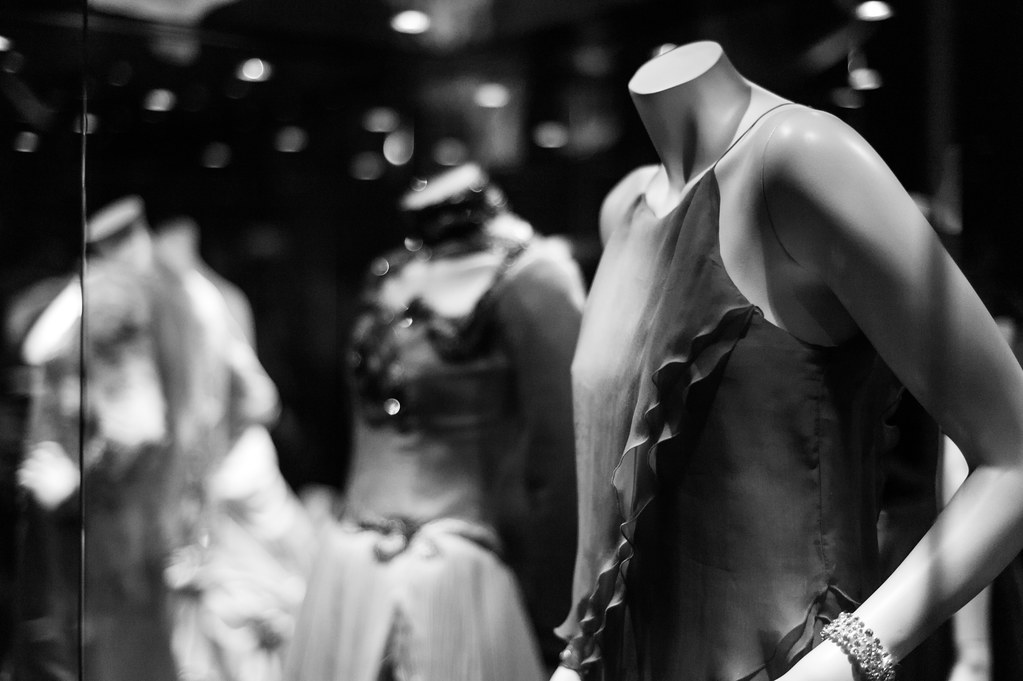ka7197
Established
... which is nonsense.50 mm is supposed to be closest to the human eye ...
Closest to the human eye is a full-frame fish-eye. Yet it's not what most people want to use. A photograph will appear normal, or natural, when the focal-length-to-image-size ratio is equal to the distance-of-view-to-print-size ratio. Has nothing to do with 'the human eye,' it's simple geometry instead.




